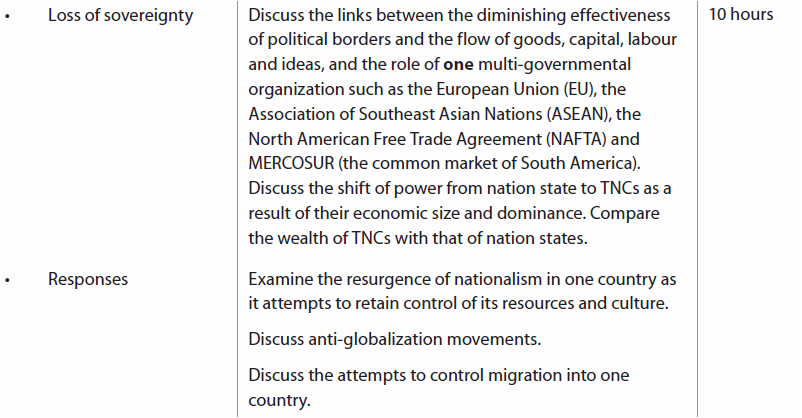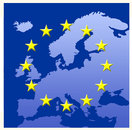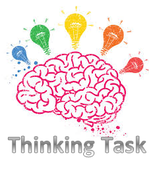Please help keep the Geographer Online a FREE resource
Political Outcomes
Key Terms
|
|
|
|
|
Loss of Sovereignty
|
Complete the Loss of Sovereignty Worksheet. |
| |||||||
Resources
| |||||||
Adapted from: GreenFieldGeography
EU
Your browser does not support viewing this document. Click here to download the document.
Examine the information in the next two sections [How does the EU erode national Sovereignty & Is the EU good or bad]. What do you think? Discuss and justify your opinion.
How does the EU erode national Sovereignty?
| France - National Front | |
| File Size: | 14 kb |
| File Type: | docx |
Is the EU good or bad?
Adapted from Greenfieldgeography
Adapted from Greenfieldgeography
|
ADVANTAGES OF EU MEMBERSHIP
|
DISADVANTAGES OF EU MEMBERSHIP
|
Multinational/Transnational Corporations
|
Using the information in this sections complete the worksheet. |
| |||||||
What are TNCs and MNCs?
|
|
|
|
How Powerful are TNCs and MNCs?
Your browser does not support viewing this document. Click here to download the document.
|
|
|
|
ADVANTAGES OF TNCs IN LEDCs
Adapted from: GreenfieldGeography |
DISADVANTAGES OF TNCs IN LEDCs
|
Other Reading:
Challenge yourself - Further reading
| |||||||
|
|
|
Responses
Key Terms
|
|
Create a case study on the National Front - France. Use the information in this section.
[How has the National Front attempted to regain control of the country's resources and culture?]
[How has the National Front attempted to regain control of the country's resources and culture?]
Nationalism in France
|
|
|
|
Your browser does not support viewing this document. Click here to download the document.
| National Front | |
| File Size: | 16 kb |
| File Type: | docx |
Anti-Globalisation Movement
Does the Anti-Globalisation have a point?
Your task is to prepare for a debate on this issue. You will need to:
- Outline what is meant by globalisation and what is the anti-globalisation movement.
- Find arguments for and against the anti-globalisation movement.
- Justify your arguments with real life facts.
- Create a document outlining your main points to be submitted as an overview. You may want to use Coggle to do this.
Yes they do |
Which one are you? |
No they don't |
|
|
|
|
Some sources:
|
|
|
CONTROLLING Migration
|
Good news! We have already covered this area, take a look at your notes from Economic Interactions and flows and you will find a case study on the USA and Mexico.
|











